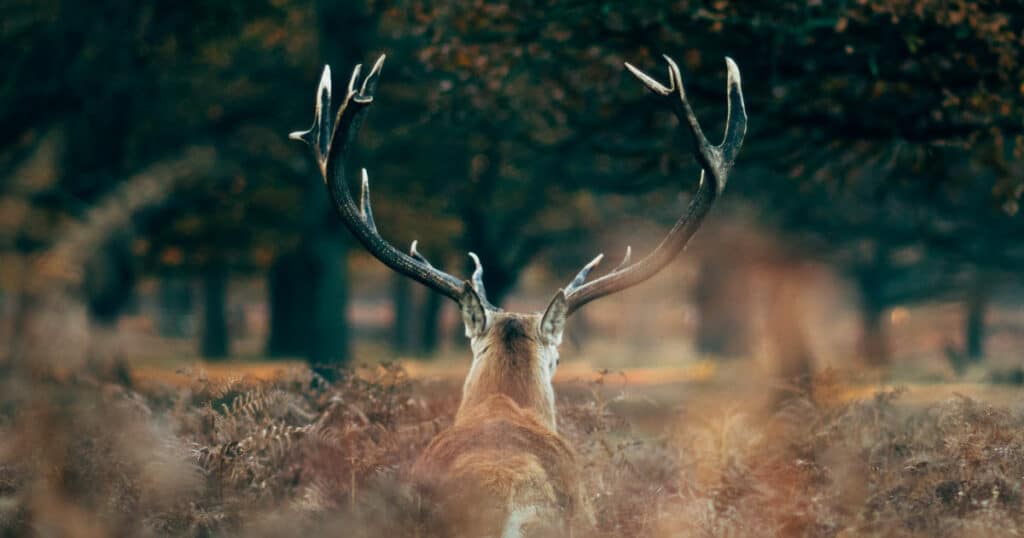For many hunters and collectors, antlers are prized possessions. For the deer, it is a sign of virility and dominance, and a source of protection against other males and predators. Unlike horns that are found on sheep, cattle, or goats, for example, antlers do not stick around for long. They are deciduous, which means that they fall off every year. They do grow back the following season, so people may wonder – do deer antlers get bigger each year?
A Little About Antlers
Deer antlers are bone formations that grow on animals from the Cervidae family. This family consists of caribou, elk, deer, and moose.
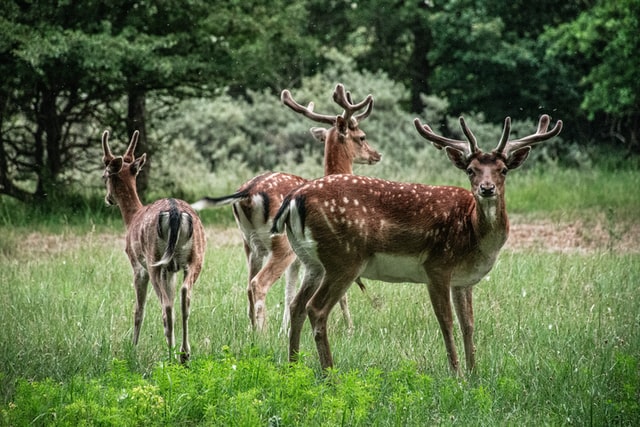
Antlers are primarily found on the males of the species; however, the caribou is one type of deer in which even the females grow antlers.
For other deer, females will only grow antlers if there are hormonal imbalances; particularly imbalances in testosterone. However, that is a very rare occurrence.
Many people would like to know whether deer antlers grow bigger each year. In order to answer this, it is important to understand the anatomy of antlers and what helps them grow.
Anatomy of the Antler
Antlers are bones. They are made of calcium and phosphorus and grow from the pedicle found on the frontal skull bone of the deer. Pedicles start growing on buck fawns when they are about six months old. This acts as a base for the antlers to develop.
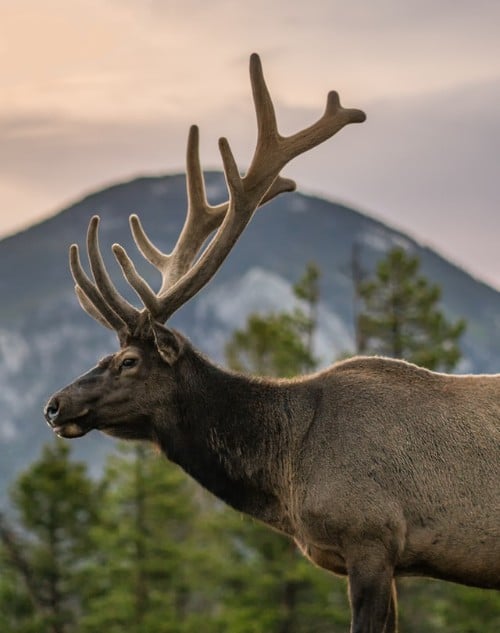
The development of the antlers happens when the skin and tissue on the top of the pedicles react to hormones.
Apart from the pedicle, antlers also are covered by hairy skin tissue called velvet. This covers the nerves and blood vessels, which is also where the antlers get their nourishment from. Oxygen and nutrients are vital for the antlers’ healthy growth. This velvet eventually dies off and bucks usually rub it off in a shedding process.
The Antler Cycle
Typically, antlers start growing on a deer when they are around one year old. From then on, deer grow antlers annually, and they fall annually too.
Antlers usually start growing in spring. Experts have noted that between late March and early April, stumps start to pop up on bucks’ heads.
It is in late spring and summer when the antlers grow exceptionally fast. In fact, antlers are known to be the fastest-growing tissue in the world. Notably, during these months, the antlers will look bulbous and covered in fuzz (the velvet).
During or near August, the deer starts shedding the velvet, and the mating season begins.
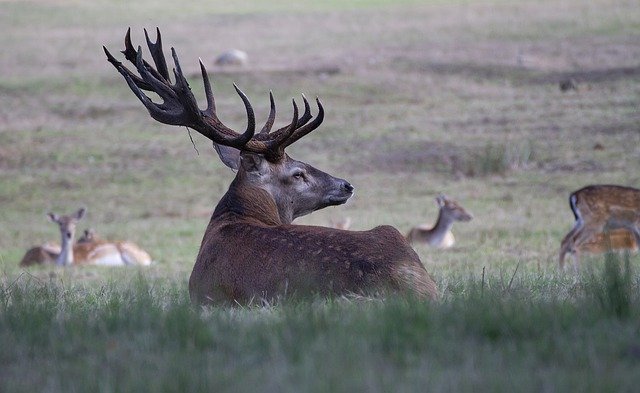
Testosterone levels rise in the deer and they need their antlers to be strong enough to fight. The nerves and blood vessels also die off, causing the antlers to harden.
In the winter months, in order to preserve energy, the antlers start weakening at the pedicle. Eventually, the antlers will come off. Sometimes both fall off together, and sometimes one after the other.
Factors Affecting Whether Deer Antlers Get Bigger Each Year
Studies show that the size of a deer antler is usually determined by:
- Age,
- Nutrition,
- Genetics,
- Injury and Disease, and
- Hormone Levels.
Keep in mind, every deer will have unique characteristics and these factors that determine antler size in deer will play larger or smaller roles for each individual deer.
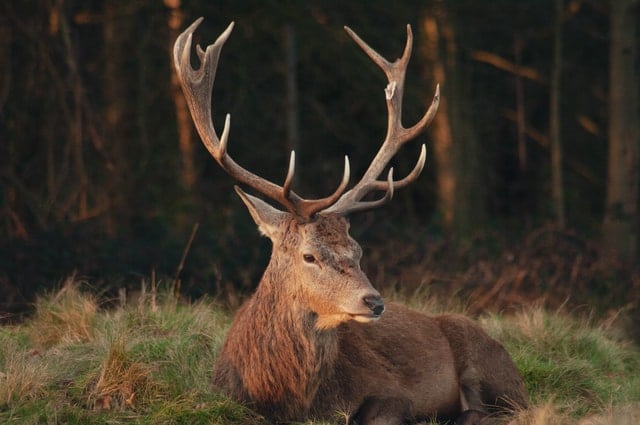
Age
Most bucks reach maturity at the age of six years. As the deer gets older, their antlers get bigger each year until they reach their optimal size.
However, after they have reached maturity, the antlers start to shrink. So, this means that they don’t grow quite as large with each succession of the annual growth process.
This is why a deer’s antlers are not necessarily the best mark of a buck’s age.
Nutrition
When given more nutrition, deer antlers are able to grow better. More nutrition is supplied to their bones, thus allowing them to be stronger and bigger.
Nutrition in this case means being able to find more protein-rich food. In fact, research has shown that young deer (fawns) which consume more protein at a younger age are able to develop stronger and larger antlers as they mature.
Genetics
Stronger genetics from a deer’s sire and dam will no doubt set the deer up for success.
However, in order to achieve genetic potential, nutrition needs to go hand in hand so that a stag’s strong genetic potential is able to be fully realized.
Hormones
Hormone levels dictate the maturity of antlers by stimulating the pedicle.
The more hormones in the body, the more the pedicle will be stimulated to develop the antler. This is why the antlers fall off once testosterone levels decline at the end of each breeding season.
Injury and Disease
Naturally, deer try to avoid injury, especially during the velvet stage.
The deer uses a lot of energy to grow their antlers. So, if there is a disease affecting its energy levels, it is likely that it will not produce enough nutrients for the antlers to grow well.
Similarly, if the antler is injured during the velvet stage, then it will most likely be deformed.
In either case, the deer could face problems that year. Antlers are used to fight off other bucks during mating season.
So, Do Deer Antlers Get Bigger Each Year?
While deer antlers do grow bigger each year, it only happens until a certain age.
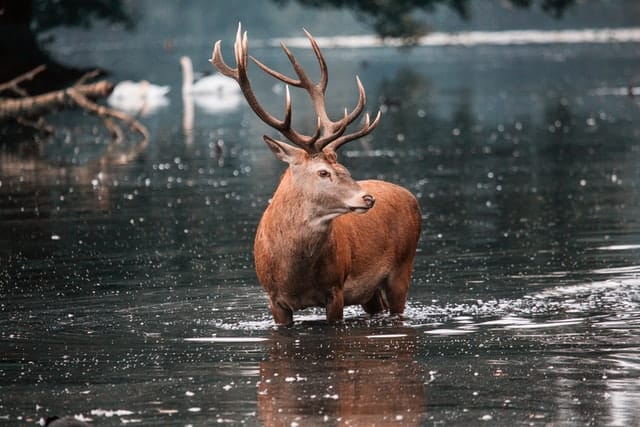
Just like humans, deer reach a peak in maturity and hormone levels, and then they enter into a period of gradual decline.
However, external factors (including nutrition) will also play a role in whether the antlers will be bigger than last year or not.

